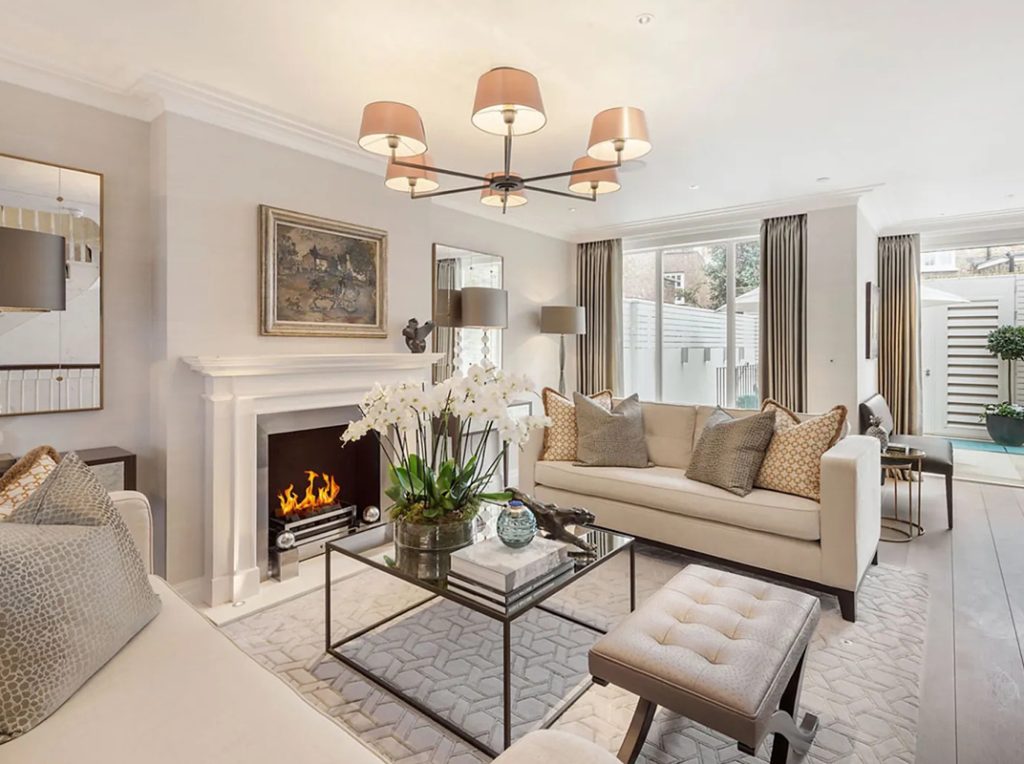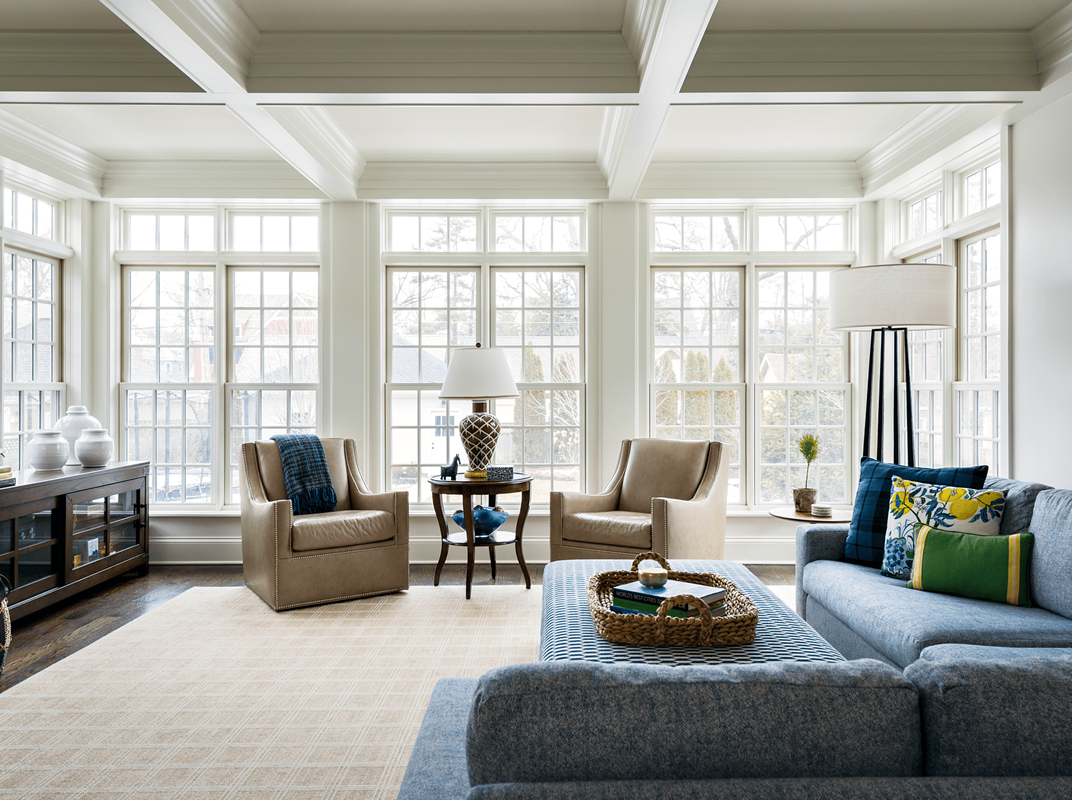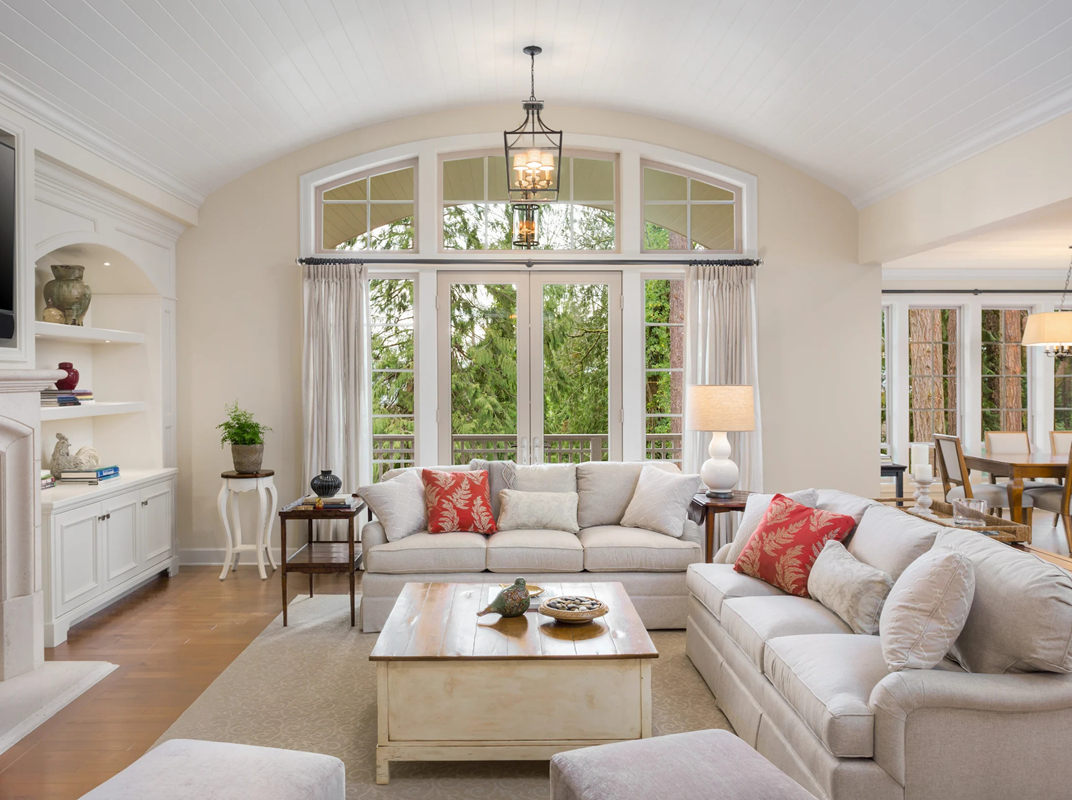They foster connection in ways no other room can. Unlike kitchens, which often revolve around tasks, or bedrooms, which are private, living rooms are designed for interaction. It’s where families gather after work and school to share stories, where friends laugh over coffee, and where holidays come alive with shared meals and games. The layout—whether a cozy cluster of chairs or a spacious area for large groups—encourages face-to-face moments, strengthening relationships through unplanned conversations and shared experiences.
Living rooms adapt to life’s changes, making them essential for every stage. For young families, they become play areas with toys scattered across soft rugs. As children grow, they transform into study spots or hangouts with friends. For empty nesters, they may shift to quiet reading nooks or spaces to host grandchildren. This flexibility ensures the room remains relevant, evolving with the family rather than being tied to a single purpose.

They also impact emotional well-being. A well-cared-for living room—with soft lighting, comfortable seating, and personal touches—creates a sense of calm. It’s a place to decompress after a stressful day, curl up with a book, or watch a favorite show, offering a retreat within the home. The act of decorating it with meaningful items—family photos, heirlooms, or plants—turns a generic space into one that feels safe and uniquely yours, boosting mood and creating a sense of belonging.
In essence, living rooms are the heart of the home because they hold memories, nurture connections, and adapt to life’s journey. They are where the ordinary becomes special, making every day feel a little more meaningful.




